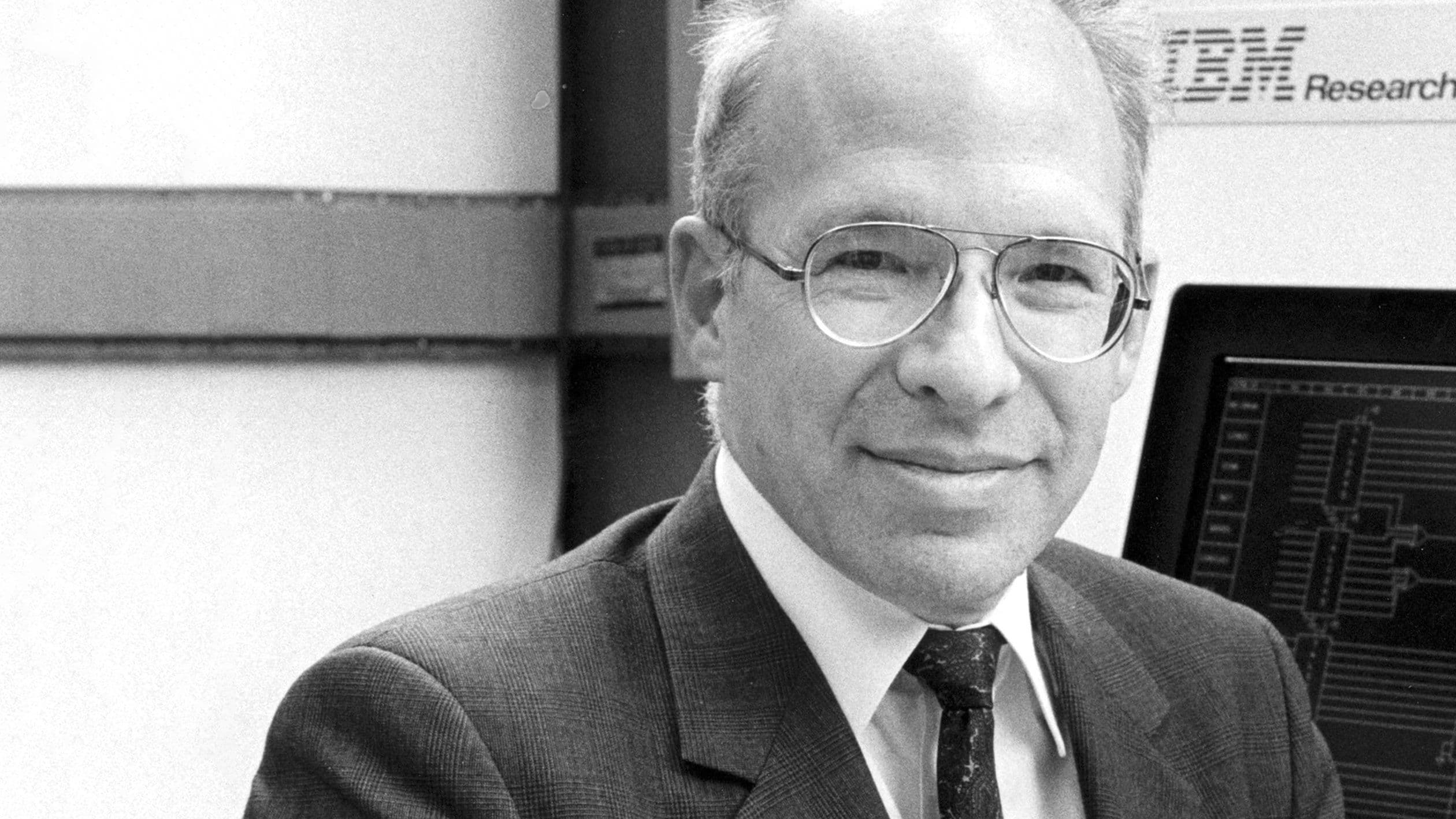Dick Garwin receives the Vannevar Bush Award in honor of his decades-long career of exceptional service to the nation in science
The IBM Fellow Emeritus, who advised every president from Eisenhower to Obama, was awarded the prestigious National Science Board honor for his lifetime of contributions to science and technology, and his service to the United States.
The IBM Fellow Emeritus, who advised every president from Eisenhower to Obama, was awarded the prestigious National Science Board honor for his lifetime of contributions to science and technology, and his service to the United States.
When you’ve advised multiple US presidents on science, helped define the future of MRI machines, laser printers, touch screens, and the hydrogen bomb, and were called “the only true genius” Enrico Fermi had ever met, perhaps it’s unsurprising that Richard Garwin would be so lauded for his 71-year career.
This month, Garwin was named this year’s recipient of the National Science Board’s prestigious Vannevar Bush Award at the foundation’s awards gala at the National Air and Space Museum in Washington, D.C. It’s the latest in a long line of awards that Garwin has received for his contributions to science, including the National Medal of Science and the Presidential Medal of Freedom.
Garwin’s career is as varied as it is prolific. Just two years after graduating from Case Institute of Technology (now Case Western University), he earned his doctorate from the University of Chicago at the age of only 21, under the supervision of Fermi. In the summer of 1951, when Garwin was 23, he worked as a consultant at the Los Alamos National Laboratory where he designed the first working hydrogen bomb with a team of researchers, some of whom had been involved in the Manhattan Project. In just a few weeks, Garwin had taken what was a concept at the time, and designed an experiment that led to the first H-bomb which was tested about a year later.
It was around the same time that Garwin started working at IBM in the computing lab at the newly formed research division based out of Columbia University. Garwin spent the rest of his time at IBM Research working out of the Thomas J. Watson facility in Yorktown Heights, New York, from its opening in 1961 until his retirement in 1993.
For many of his early years at IBM, Garwin was allowed to split his time with work for the U.S. government. He had two terms on the President’s Science Advisory Committee and advised on myriad technological issues facing the nation over many decades. He advised President Kennedy on nuclear tests in 1962, helped with sensors to detect troop movements in Vietnam, worked with President Carter on potential South African nuclear tests in 1979, worked on nuclear proliferation treaties, and even helped debunk the argument that there was a second shooter in the Kennedy assassination. For the U.S., Garwin worked on technology that would lay the foundations for GPS, drones, and spy satellites. His work has been heralded by the CIA, and the National Reconnaissance Office called him one of the 10 “Founders of National Reconnaissance.”
At IBM, Garwin worked on other pieces of technology that have become foundational to modern life. His work on spin-echo magnetic resonance led to the creation of MRI (magnetic resonance imaging) machines. He pushed for the publication of the research that led to the fast Fourier transform (FFT) algorithm, which has become part of the backbone of digital signal processing — which modern telecoms, internet communication and music streaming rely on.
Garwin also undertook groundbreaking work in superconducting computers and silicon integrated-circuit technology. He was integral to the development of laser printers and displays, eye-tracking inputs for computers, as well as early printers and touchscreen monitors. In his 41 years with IBM, Garwin received 47 patents and published over 500 research papers.
Along with his work at IBM, Garwin’s mind never strayed far from his first major project, and as such made it his calling to promote arms control. He worked on the first nuclear treaty talks in 1958 and hasn’t stopped since then. He convinced President Kennedy to put Permission Action Links (or PALs) on nuclear weapons in Europe so that they couldn’t be detonated without specific authority. He’s pushed for reductions of nuclear arms around the world to a few hundred, or what he says would be “enough for any conceivable purpose.”
Even after retiring from IBM, Garwin barely slowed down. He was a consultant to President Obama’s Office of Science and Technology Policy, and worked with the administration on the BP Deep Water Horizon (BP) oil spill, and supported the U.S.’s response to the damaged reactors at the Fukushima Daiichi nuclear plant. Even now, into his nineties, he’s still advising the world on its scientific and safety concerns, including recent lectures on ballistics in North Korea, and the COVID-19 pandemic.
Over the years, Garwin’s broad contributions have been honored by groups around the world, including receiving the Grande Médaille from the French Academy of Science and the Medal of Freedom from President Obama. This latest recognition is the Vannevar Bush Award, which was established to honor lifetime careers in science and technology that have contributed to the welfare of the country.
Speaking when Garwin was awarded the Medal of Freedom, IBM CEO Arvind Krishna (then director of IBM Research), said: “Many of us who came to IBM in the hope that our work could make a difference – that it could impact the world in some profound way – drew our inspiration from Dick, because that is exactly what he achieved throughout his long and brilliant career.”
Related posts
- ReleaseMike Murphy
Scaling to meet the future of India’s AI needs
NewsMike MurphyIBM researchers win prestigious European grants
NewsPeter Hess and Mike MurphyIBM further strengthens Granite for enterprise deployment with HackerOne
NewsMike Murphy
